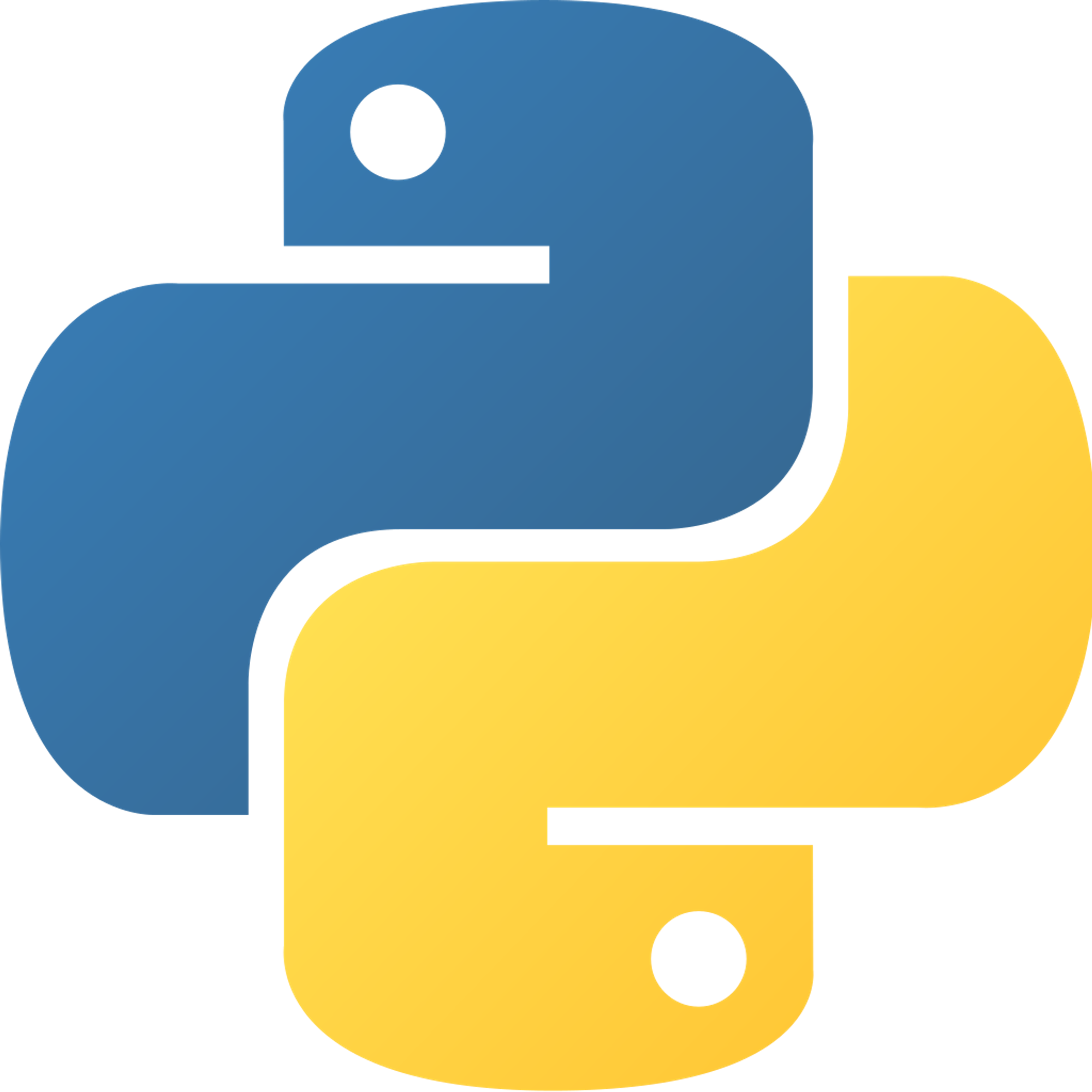Tuple Basics
There are a couple of ways to initialize an empty tuple:
tup = tuple() # creates an empty tuple tup = () # also creates an empty tuple
Initializing a tuple with only one object is a little counter-intuitive. Try entering the following into your IDE:
my_tuple = ("the one and only",) # notice the comma print(type(my_tuple)) # prints <class 'tuple'> my_tuple = ("the one and only") print(type(my_tuple)) # prints <class 'str'>
Always remember to put a comma after the first element so that the compiler will understand the parentheses as tuple syntax, otherwise it will be mistaken as normal parentheses!
To include multiple objects in the initialization, Python allows any iterable to be inserted as a parameter:
# these all work and will run with no error tup = tuple([2, 4, 6, 8]) # creates a tuple out of the list tup = tuple('tuple') # creates a tuple out of the string tup = tuple({'a':'A', 'b':'B'}) # creates a tuple out of the dict # note: it creates the tuple out of the dict's keys, not values tup = tuple({2, 4, 6, 8}) # creates a tuple out of the set tup = 2, 4, 6, 8 # you don't even need parentheses # however, you need at least one element in the tuple to do this
Tuples are indexed the same way as lists, starting at 0, ending at length-1.
View on GitHub
Practice
Tuple Creator
Create an empty tuple and print the type of it. Create a tuple from any one element and print the type of it. Create a tuple from a given dictionary and print it. Note: The tuple created from a dictionary will only contain the keys of the dictionary.
Copyright © 2021 Code 4 Tomorrow. All rights reserved.
The code in this course is licensed under the MIT License.
If you would like to use content from any of our courses, you must obtain our explicit written permission and provide credit. Please contact classes@code4tomorrow.org for inquiries.
